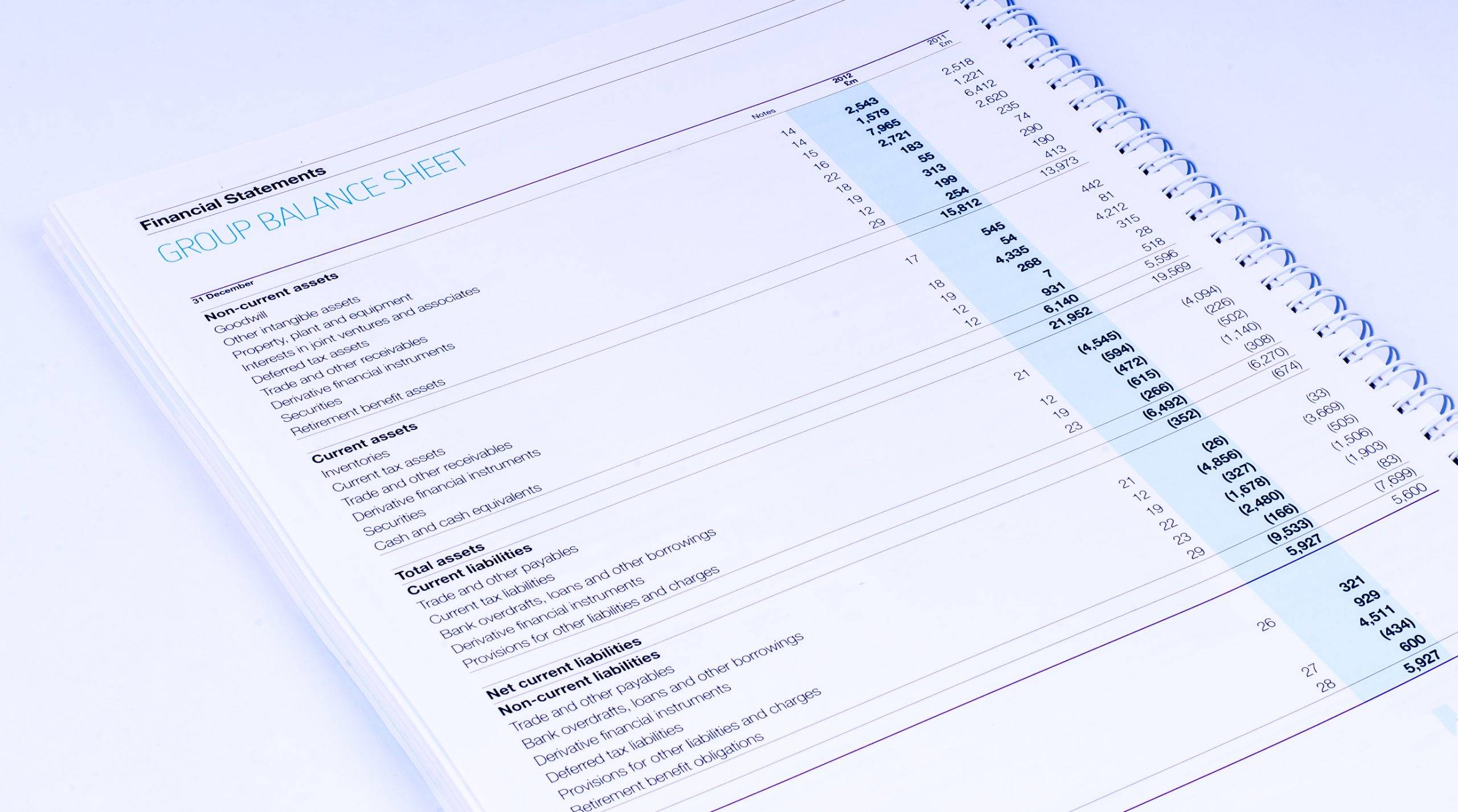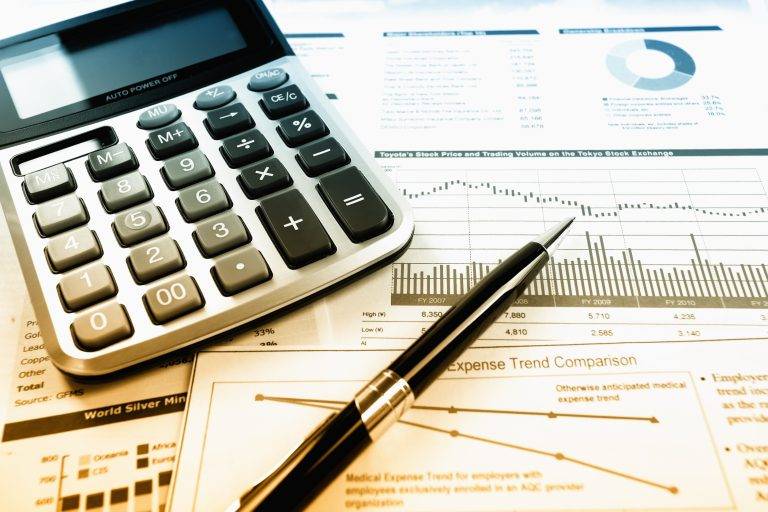A Profit and Loss Statement (P&L), also known as the Income Statement, is one of the most essential financial documents for any business. It provides a detailed summary of a company’s revenues, costs, and expenses over a specific period, typically monthly, quarterly, or annually. Understanding how to read and interpret a P&L statement is crucial for business owners, managers, and investors who need to evaluate the financial health of a company and make informed decisions.
In this article, we will guide you through the key components of a P&L statement and explain how to interpret each section. By the end, you will have a better understanding of how to use this important financial tool to assess your business’s performance.
What Is a Profit and Loss Statement?
A Profit and Loss Statement shows how much money a business has made (revenue) and how much it has spent (expenses) during a specific period. The goal is to determine whether the company made a profit or incurred a loss.
- Revenue represents the total income generated from selling goods or services.
- Expenses include all costs incurred to run the business, such as production costs, salaries, rent, and utilities.
- Net Income tells you whether the business is profitable or not after all expenses have been deducted from revenue.
The P&L statement offers a clear snapshot of a company’s financial performance over a given time frame.
Key Components of a Profit and Loss Statement
To understand a P&L statement, it’s important to recognize the various sections it typically includes. These sections allow you to track revenues, expenses, and profits.
1. Revenue (Sales)
Revenue is the money your business earns from selling goods or services. It is also commonly referred to as income and appears at the top of the P&L statement. This figure represents the total amount the business has earned before any expenses are subtracted.
- Operating revenue is the income from core business activities, like product sales or service fees.
- Non-operating revenue can include income from secondary activities, such as interest earned, or sales of assets.
The P&L statement will usually break down these categories so you can see the sources of revenue more clearly.
2. Cost of Goods Sold (COGS)
The Cost of Goods Sold (COGS) represents the direct costs involved in producing the goods or services that your business sells. For a product-based business, this might include raw materials, labor, and manufacturing costs. For a service-based business, it could include the cost of delivering those services (such as contractor fees or software subscriptions).
COGS is subtracted from revenue to calculate gross profit, which gives a sense of how much profit your business makes after covering production costs.
3. Gross Profit
Gross profit shows the profitability of your core business activities. The gross profit is calculated by taking the total income for the business and subtracting the Cost of Goods Sold. This is the calculated profit before accounting for operating expenses like rent, salaries, or utilities. Gross profit is an important metric because it reflects how efficiently a company is producing its goods or services.
A high gross profit suggests that a company has strong control over production costs and is generating significant income from its primary business activities.
4. Operating Expenses
The operating expenses are the costs of running the business that aren’t directly tied to production. Operating expenses are also commonly known as overhead expenses. These expenses can include:
- Administrative Expense: These costs can include rent, salaries, utilities, office supplies, and insurance.
- Marketing and Advertising: Expenses related to promoting the products or services the business offers.
- Depreciation and Amortization: Non-cash expenses that account for the gradual reduction in value of physical assets (like machinery) and intangible assets (like patents or goodwill).
Operating expenses, or overhead, are deducted from the gross profit. The remaining amount is going to be the company’s net income, or net loss.
5. Net Income (Bottom Line)
The net income (or net profit) is the final figure on the Profit and Loss Statement and represents the company’s total profit after all revenues, costs, and taxes have been accounted for.
- If the net income is positive, the business made a profit.
- If the net income is negative, the business incurred a loss.
Net income is often referred to as the “bottom line” and is one of the most closely watched figures on a P&L statement.
6. Other Income and Expenses
This section includes any income or expenses that are not part of regular business operations. For example:
- Interest income from investments or savings.
- Interest expenses on loans or credit lines.
- Gains or losses from selling assets or investments.
These items are non-recurring and can significantly impact your profitability, but they are not tied to the business’s core functions.
How to Interpret Your Profit and Loss Statement
Once you know what’s included in a P&L statement, you can start to interpret the data to make informed business decisions. Here are a few key areas to focus on:
1. Profitability
Look at the bottom line (net income) to see whether your business is making a profit or incurring a loss. Consistently positive net income is a sign that your business is profitable, while negative numbers indicate a need to address costs or revenue streams.
2. Gross Margin
The gross margin (Gross Profit ÷ Revenue) shows how much money you’re making from sales after covering the cost of production. A high gross margin suggests you’re controlling your production costs well, while a low margin could indicate inefficiencies.
3. Cost Management
Review your expenses carefully. High expenses may signal areas where you can cut costs or improve efficiency. Consider looking at fixed and variable costs separately to identify which areas need more attention.
4. Revenue Growth
Compare revenue figures over different periods (e.g., monthly, quarterly, annually) to assess trends. Are your revenues growing, stagnating, or declining? Identifying revenue patterns will help you make decisions about sales strategies, pricing, or market expansion.
Conclusion
Understanding a Profit and Loss statement is crucial for every business owner. It’s a powerful tool that can help you evaluate profitability, assess financial health, and make data-driven decisions. By breaking down each section of the statement—revenue, costs, profits, and expenses—you can gain insights into your business’s financial performance and identify areas for improvement.
Regularly reviewing your P&L statement allows you to stay on top of your business’s financial condition and make informed decisions that will drive growth and sustainability. Whether you’re running a small startup or managing a large enterprise, mastering the P&L statement is a key skill for business success.


